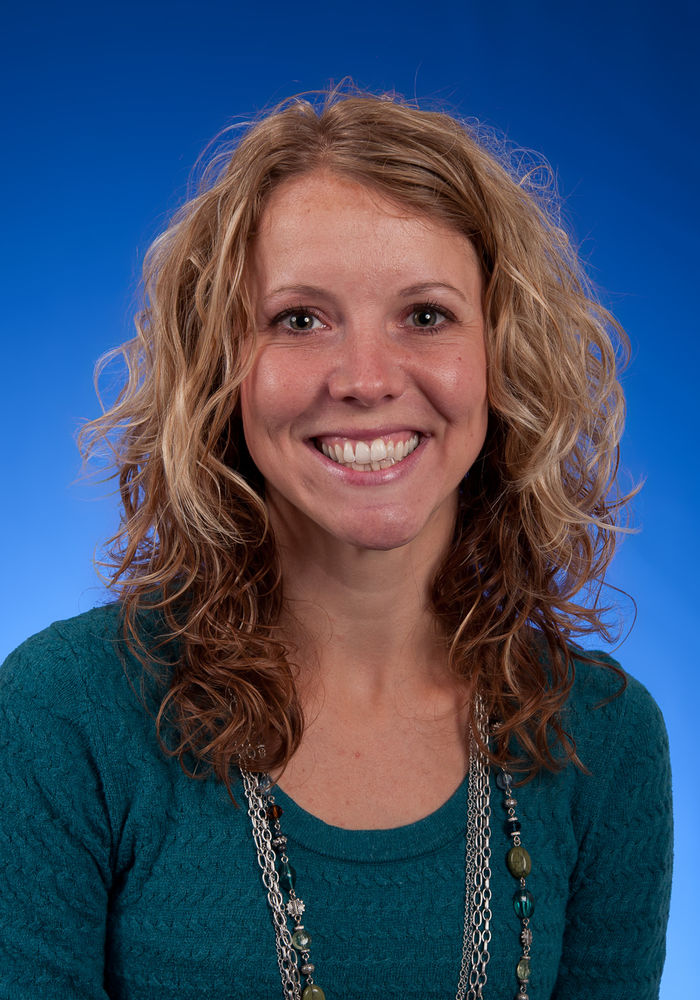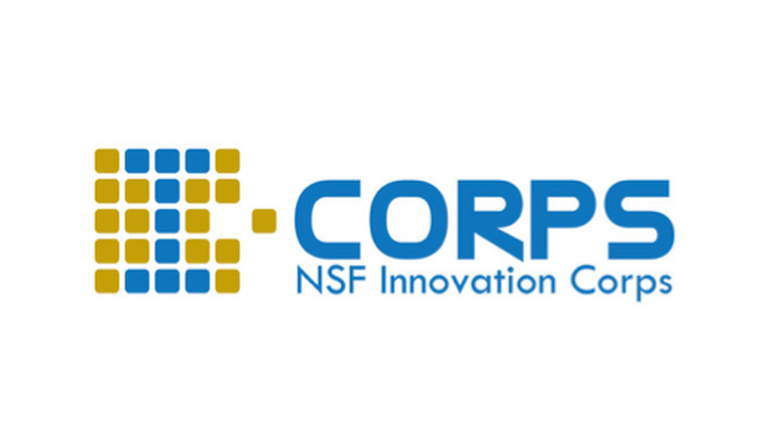ERIE, Pa. — The National Science Foundation has awarded more than $1 million to researchers at Penn State Behrend to develop a pipeline of highly qualified mathematics teachers who are committed to teaching in “high-need” school districts. The five-year project will target teacher shortages by developing partnerships with the Erie, Corry Area, Iroquois and Northwestern school districts.
The NSF funding will support scholarships for Penn State Behrend students, who will be eligible for $22,500 in both their junior and senior years at the college. The students will commit to teaching for at least two years in a “high-need” district for each year of funding they receive.
The U.S. Department of Education considers a district “high-need” if a high percentage of its students live below the poverty line, if a high percentage of its secondary-school teachers are teaching outside the content area for which they were trained, or if the turnover rate for teachers is high.
Turnover is increasingly a concern, according to the Learning Policy Institute: At hard-to-staff schools, more than 40 percent of teachers leave after their first year.
STEM fields (science, technology, engineering and mathematics) are a particular challenge. Forty-two states, including Pennsylvania, do not have enough teachers trained in mathematics, according to the U.S. Department of Education.
“From there, the problem snowballs,” said Courtney Nagle, associate professor of mathematics education at Penn State Behrend and the lead researcher on the NSF grant. “When you have teachers with less experience, and maybe fewer qualifications, that influences their students, who may come out less prepared, or at least less motivated to pursue mathematics themselves.”
The NSF grant, which includes funding from the Robert Noyce Teaching Scholarship Program, will create a support network for students in the four partner districts who have an interest in mathematics. Nagle and four colleagues — Paul Becker, associate professor of mathematics; Patrick Kelly, lecturer in mathematics education; Michael Rutter, associate professor of statistics; and Jodie Styers, assistant teaching professor of mathematics education — will develop a new Aspiring Mathematicians Program, a two-year program for high school juniors and seniors who will participate in math workshops at Penn State Behrend. A total of 100 students will be recruited for the program, which will include discussions of math-based careers, including teaching.
“It’s often difficult for a high school student to see the potential for math, and the sorts of problems that can be solved with math,” Nagle said. “Part of the problem is that when a student does show an interest and an aptitude for math, we say, ‘That’s great. Have you thought about engineering? Or being an actuary?’ We tend to funnel them into fields that use math, but not into teaching math.”
Additional funding from the grant will encourage Behrend students to remain in the mathematics major, and will promote teaching as a career path. Sophomores will be eligible for paid internships, which will require 60 hours of engagement with students in the partner districts. In the junior and senior years, students will be eligible for Noyce scholarships. Each Noyce scholar will be paired with two teaching mentors from the partner districts, who will be paid for their work on the project.
“Erie is a perfect test bed for this,” Nagle said. “We have high-need districts in both urban and rural settings that are very close to our campus.”
The demographics of a school district are a crucial factor in how teachers convey the real-life applications of math, Nagle said. A teacher in a rural district, for example, might explain how to calculate an area by using the example of a family farm. An urban teacher might measure the same area in city blocks.
“It all comes down to knowing your students,” Nagle said. “If you know their background, and you know what’s happening in their lives, you are better able to show them how the applications of math connect to the problems they are trying to solve.”
Robb Frederick
Director of Strategic Communications, Penn State Behrend



